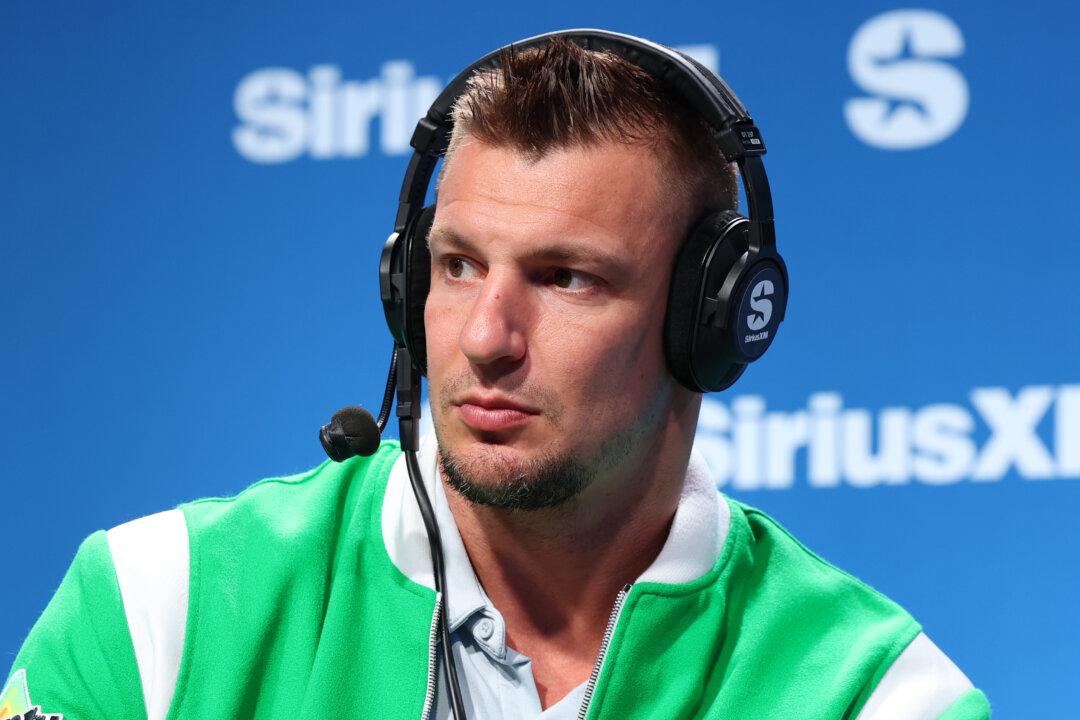The 96th Academy Awards, better known as the Oscars, will kick off this Sunday at the Dolby Theatre in Los Angeles, California. One of the movie industry’s biggest nights will see some of 2023’s best blockbuster films vie for the Academy Award for Best Picture.
However, “to encourage equitable representation on and off screen” and “better reflect the diversity of the movie-going audience,” this year’s category will feature one notable change: New representation and diversity standards.
For a film to be nominated in the Best Picture category, it had to submit a confidential “Representation and Inclusion Standards Entry” form, meeting two of the following four standards: on-screen representation in themes and narrative, creative leadership and project team, industry access and opportunities, and audience development. The standards all feature guidelines relating to the inclusion of women, LGBT people, and those with cognitive or physical disabilities, as well as underrepresented racial or ethnic groups.
Diversity Quotas for Best Picture
The Academy of Motion Picture Arts and Sciences—the professional honorary organization comprised of over 10,500 members that oversees the Oscars—announced the diversity requirements in September 2020. The new rules are part of the Academy’s 2025 Aperture initiative, launched the same year.The initiative encompasses the organization’s sweeping inclusion policies, which also include mandatory unconscious bias training for Academy governors and the establishment of an “Office of Representation, Inclusion and Equity.”
In a statement, former Academy heads David Rubin and Dawn Hudson said they believed the new inclusion standards would be a “catalyst for long-lasting, essential change” in the Hollywood film industry.
“The aperture must widen to reflect our diverse global population in both the creation of motion pictures and in the audiences who connect with them,” they said. “The Academy is committed to playing a vital role in helping make this a reality.”
In a separate statement, Ms. Hudson, the Academy’s former chief executive officer, said that “while the Academy has made strides ... there is much more work to be done in order to ensure equitable opportunities across the board.”
She continued: “The need to address this issue is urgent. To that end, we will amend—and continue to examine—our rules and procedures to ensure that all voices are heard and celebrated.”
According to The Hollywood Reporter, the Academy’s inclusion guidelines were inspired by the British Film Institute’s diversity standards, which were launched in 2014.
However, the publication reported that a 2020 report from the London School of Economics and Political Science—made in conjunction with the British Film Institute—indicated the Institute failed to adequately address racial underrepresentation in the United Kingdom’s film industry.
Inclusion Standards Garner Blowback
The new inclusion standards have not been well-received by everyone. Some celebrities and other notable figures in the entertainment industry have criticized the Academy Awards’ new diversity quotas.Most notably, Oscar-winning veteran actor Richard Dreyfuss—star of “Jaws” and “American Graffiti,” among others—vehemently voiced his disdain for the guidelines during an interview with the PBS talk show “Firing Line” last year.
“They make me vomit,” he told the show’s host, Margaret Hoover. “Because this is an art form. It’s also a form of commerce, and it makes money, but it’s an art. And no one should be telling me as an artist that I have to give in to the latest, most current idea of what morality is.”
“What are we risking? Are we really risking hurting people’s feelings? You can’t legislate that,” the actor continued. “You have to let life be life. And I’m sorry, I don’t think there is a minority or majority in the country that has to be catered to like that.”
Mr. Dreyfuss referenced Laurence Olivier’s portrayal of the titular character in the 1965 film, “Othello,” which he played while donning blackface. The following year, Mr. Olivier earned an Oscar nomination for Best Actor in a Leading Role for his part in the film.
“He played a Black man brilliantly,” the actor noted. “Am I being told that I will never have a chance to play a Black man? Is someone else being told that if they’re not Jewish, they shouldn’t play ‘The Merchant of Venice?’ Are we crazy? Do we not know that art is art?”
He concluded, “This is so patronizing. It’s so thoughtless and treating people like children.”







